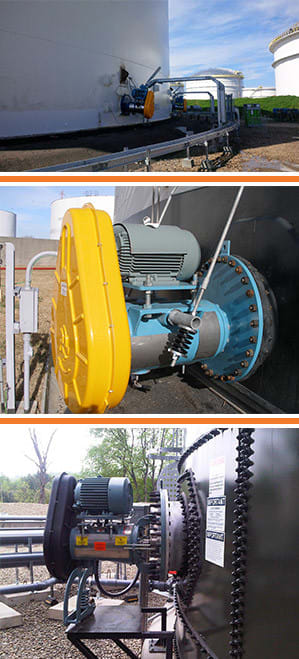JL_AWS
Mechanical
- May 10, 2022
- 2
I have a customer that has requested a tank designed to AI650 standards with the exception of adding an agitator in the sidewall. Has anyone ever come across this? I'm not really sure how to approach calculating a safe wall thickness. Any recommendations on where to find information to solve this issue would be appreciated.

